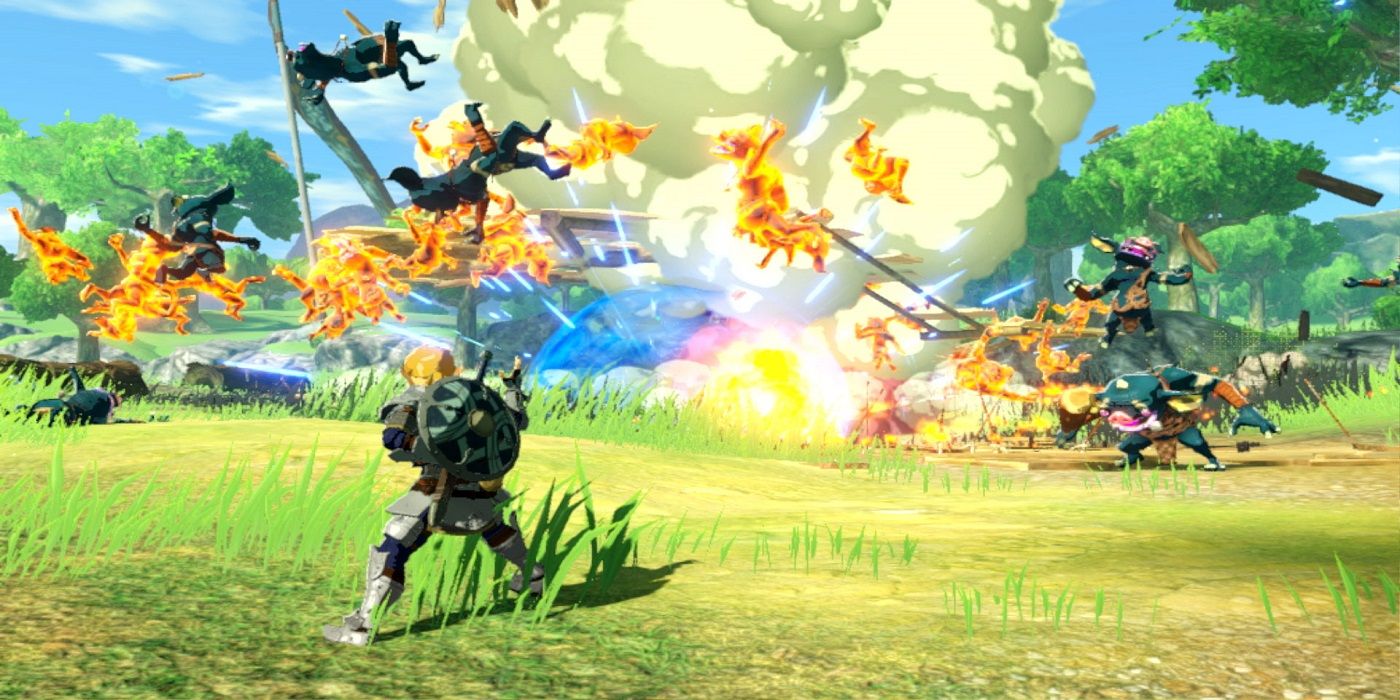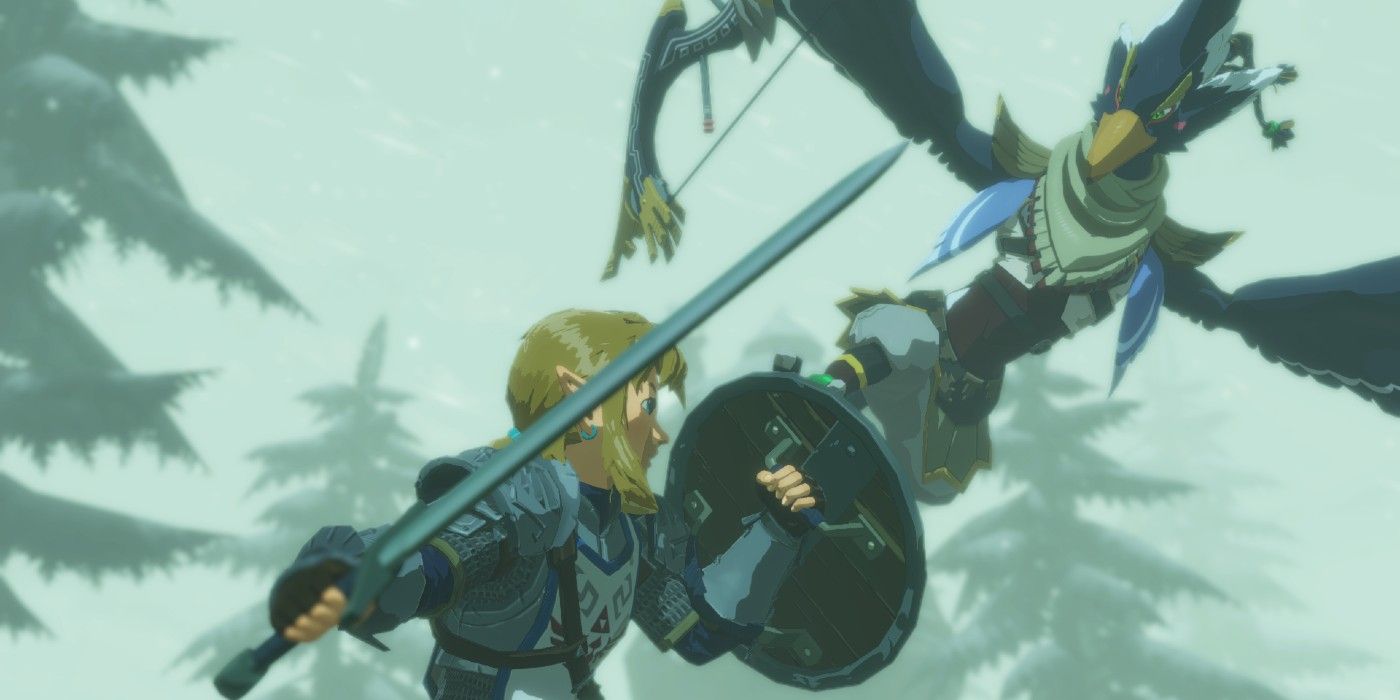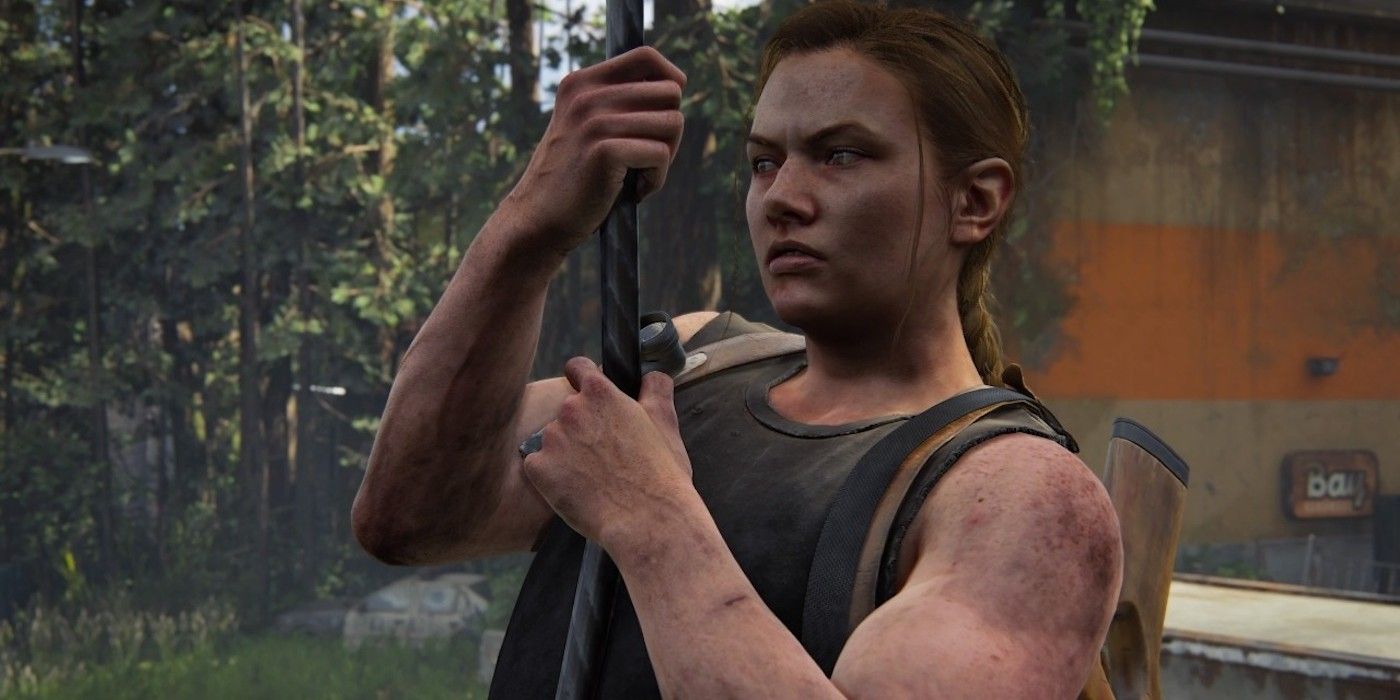Nintendo's Miyamoto is Right About Killing Monsters in Video Games

Game development icon Shigeru Miyamoto revealed some interesting opinions in a recent interview with The New Yorker on the glut of first-person-shooter games that currently dominate the market, as well as the implications and creative potential lurking behind violence in games at large. As the creator of Mario, The Legend of Zelda, and countless other pillars of gaming, Miyamoto's opinion on game design is always worth paying attention to. He brought up an interesting point that there is more than one side to violence in games, and it's worth exploring more dimensions than just the most obvious design avenues.
While most of the games he made with Nintendo are family-friendly and relatively non-violent, Miyamoto's opinion on video game violence isn't so cut and dry as "there should be less of it." When talking about the popularity of first-person-shooters, he explained: "I think humans are wired to experience joy when we throw a ball and hit a target, for example. That’s human nature.... I don’t think it’s necessarily bad that there are studios that really home in on that simple mechanic, but it’s not ideal to have everybody doing it just because that kind of game sells well." He went on to express that ideally, developers would explore the multitude of ways that people can have fun in games, rather than obsessing over a single source of joy.
Miyamoto's creations have plenty of experience with monster slaying too, from the countless goombas Mario has mercilessly flattened to the hordes of bokoblins that Link has sent to an early grave, but he talked at length about how just killing monsters might not always be the best approach: "I also resist the idea that it’s O.K. to simply kill all monsters. Even monsters have a motive, and a reason for why they are the way they are. This is something I have thought about a lot.... It would be great if video-game makers took more steps to shift the perspective, instead of always viewing a scene from the most obvious angle."

Because games are a medium that allows people to interact with the characters, places, and objects on-screen, they are also a unique mode of storytelling that doesn't have to follow traditional rules. Video games can be especially creative when experimenting with perspective, since the player has the exact same viewpoint as one of the characters present, usually the main protagonist. When games are able to turn that around and share different sides of the story, it can often have just the effect that Miyamoto discussed, making the violence happening in the game more weighty.
There are a few games that have managed to have such an effect with strong results. The Halo series had players spend a great deal of time playing as the Arbiter in Halo 2, which provided the perspective of the Elites, the main enemies in Halo 1, a lot more poignancy. Going on to kill Elites as Master Chief became a lot more difficult, and by Halo 3, The Arbiter and Elites are protagonists right alongside Chief. In a slightly different vein, the end of the excellent co-op game A Way Out sees two close friends fighting each other to determine who lives. That fight is not only between two characters who were friends, but also two players who have worked together for hours. The result of the conflict is then much more important than just who wins and who loses.
The biggest game in recent memory to play with the perspective of both protagonists and enemies didn't just make it a neat feature or passing story beat, but engrained the experience into the core of the game's story, gameplay, and themes. The Last of Us 2 experienced controversy due to its story, but that may just be a sign of how powerful it was. The first portion of the game is spent as Ellie, seeking revenge against people who she and the player hate. Midway through, though, the perspective switches to that of the villain, and slowly players come to understand her motivations while getting to know the people that Ellie has just spent days systematically killing off.

This might be the best example of how violence in games can have much more meaning than just cathartic fun. Midway through, acts of violence that were satisfying and fun slowly start to feel sad, pointless, and wasteful. Players go through an emotional shift as they come to understand the results of what they've done, and the simple fun of beating an enemy becomes far more complex. This mirrors one of the examples that Miyamoto gave in his interview: "Say you have a scene in which a battleship sinks. When you look at it from the outside, it might be a symbol of victory in battle. But a filmmaker or writer might shift perspective to the people on the ship, to enable the viewer to see, close up, the human impact of the action."
Of course, showing the perspective of an enemy doesn't always have to make the player feel sad or regretful. Playing as a villain to see what they see could be an effective way to make the player resent them even more- by proving that their motivations are pure evil or showing what could happen if they aren't stopped. Playing as an enemy or boss before having to fight them could equally be a great way let players feel just how powerful their foe is, making their defeat that much more satisfying. Or, on the flip side, seeing through the eyes of a weaker enemy could show players how scary their own protagonist is.
In Super Mario Odyssey, there is a sequence that allows Mario to take over Bowser's body and escape impending disaster. Being able to rampage around as Bowser feels great and is a climactic set-piece finale to the game, making full use of the possession mechanic and wrapping up the main conflict in one fell swoop. While Miyamoto was not directly in charge of Odyssey, that sequence seems like exactly the sort of thing he was talking about when he discussed exploring more sides to video game violence and how it can provide fun in more ways than the innate satisfaction of hitting a target.
Source: The New Yorker

Post a Comment